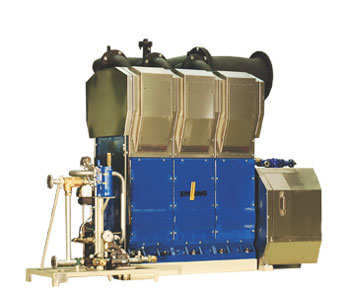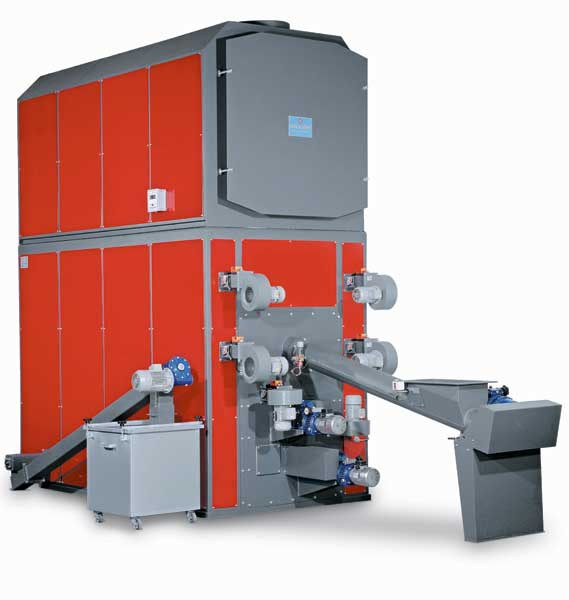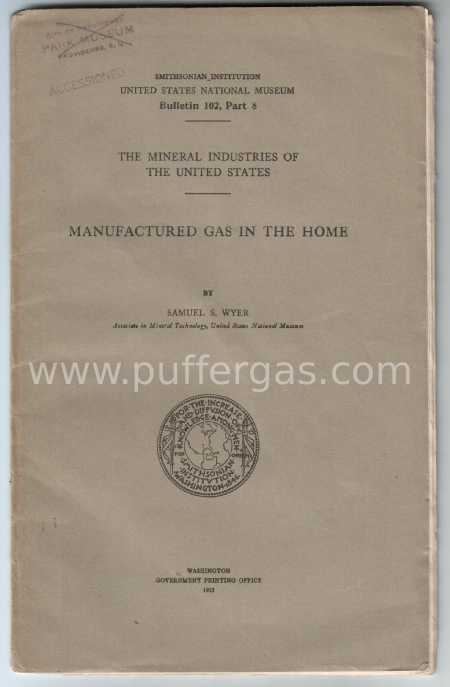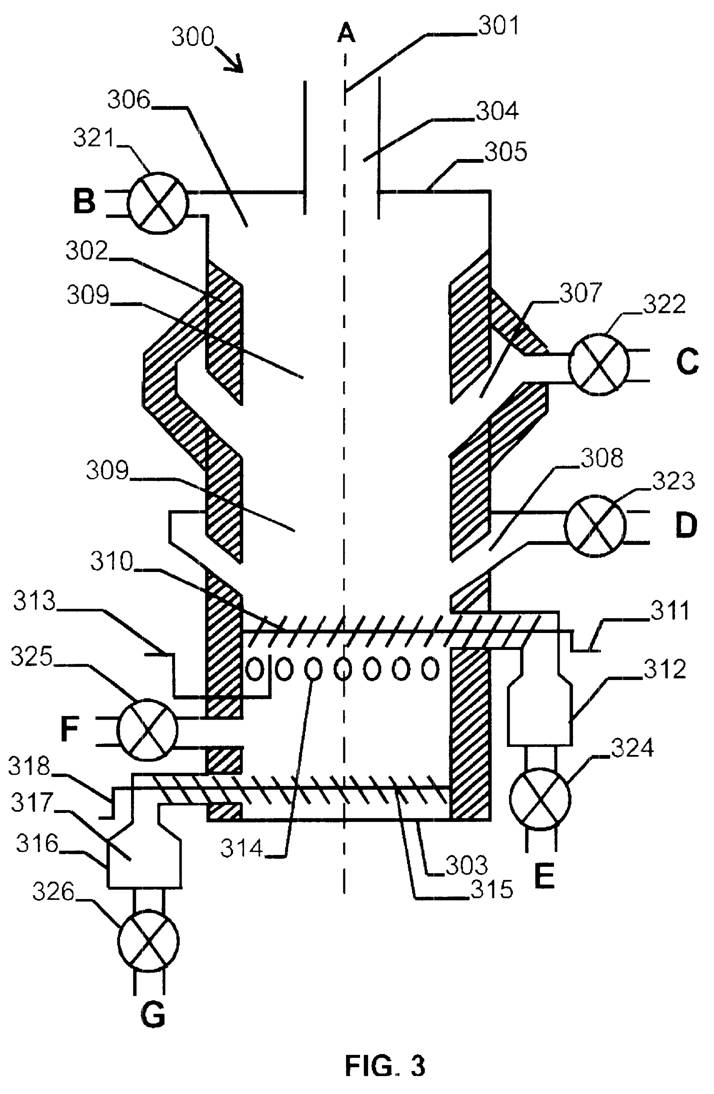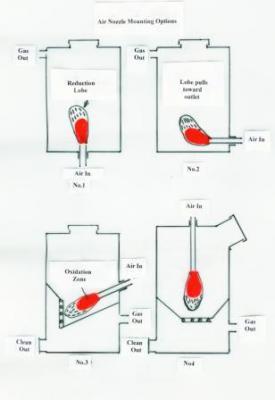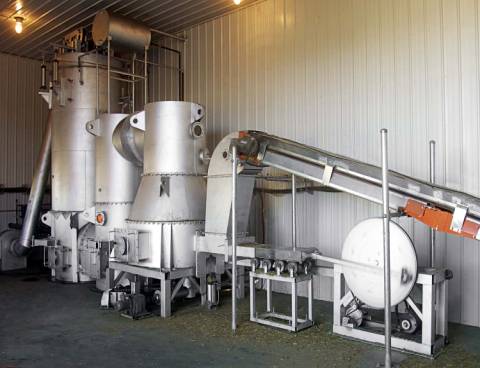Submitted by Tom Miles on
Spilling Engine Within Sawmill
Submitted by biolists on
Uniconfort Biomass Gasifier Installation
Submitted by Erin Rasmussen on
Spilling Steam Piston Engine
Submitted by biolists on
Uniconfort Vertically Integrated Direct Gasifier
Submitted by biolists on
Manufactured Gas In The House - historic document
Submitted by Jeff Davis on
Pederick Owner's Manual - Historic Document
Submitted by Jeff Davis on
Financing Biomass Gasification Technology in Rural Cambodia
Submitted by Tom Miles on
Open Core Reburn and Stratified Downdraft Gasifiers
Submitted by Tom Miles on
India: Aruna Biomass Gasification
Submitted by Tom Miles on
OSHA CO Factsheet
Submitted by Tom Miles on
The C-H-O Fuel Map
Submitted by Tom Miles on
India: Gasification of bamboo for electricity
Submitted by Tom Miles on
The Gasifier-Powered Cafe Racer: The Car of Yesteryear . . . Today!
Submitted by Tom Miles on
IEA Task 33 Technical Presentations from Spring 2007 Task Meeting
Submitted by Tom Miles on
Engine Tables Spreadsheet
Submitted by Erin Rasmussen on
Charcoal Gasifier No. 3
Submitted by Visitor (not verified) on
Charcoal Gasification No 5
Submitted by Visitor (not verified) on
Charcoal Gasifier No. 4: Operating the Charcoal Gasifier
Submitted by Visitor (not verified) on
Vidir Biomass Greenhouse Gas Displacement System
Submitted by Tom Miles on

